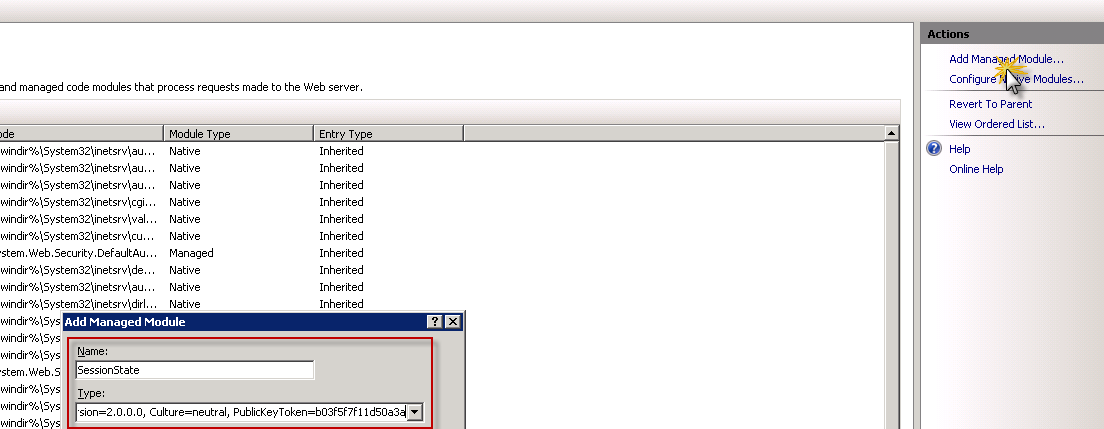Note
Access to this page requires authorization. You can try signing in or changing directories.
Access to this page requires authorization. You can try changing directories.
Scenario
I had to install SharePoint Foundation 2010 for a new project. They needed a native Web Part, and the name of this was Report Viewer control . But I received a strange correlation-ID error and I could not open anymore my site. So I opened ULSVIEWER and got a stranger error: Session state has been disabled for ASP.NET. The Report Viewer control requires that session state be enabled in local mode.
So I made some research on internet and always found the same PowerShell Command:
Enable-SPSessionStateService ( "The only way to install ASP.Net Session State is through PowerShell using *-SPSessionStateService. [Enable | Disable | Get | Set]-SPSessionStateService" )
- http://technet.microsoft.com/en-us/library/ff607857.aspx
- http://www.wssdemo.com/Lists/PowerShell/DispForm.aspx?ID=19
The problem is that when I followed the directions for enabling session state using PowerShell, I could not find the cmdlet. I spent a ridiculous amount of time trying to figure this out since I had the correct PowerShell snapin, but I could not find that cmdlet.
Changes to the Web.config
First, you need to edit the web.config file of the SharePoint application. Open your web.config and add the httpModules
In the <system.web> section, find the <httpModules> element and edit it like the following:
<httpModules> <add name = "Session" type="System.Web.SessionState.SessionStateModule" /></httpModules>
You also need to find the element tag <pages> (also under the <system.web> element) and look for the attribute called enableSessionState and set it to true if it is currently false. Save and close the web.config file.
Changes to IIS7
- You should then open the IIS 7 manager, and select your web application.
- Open the modules applet under the IIS section.
- Click “Add Managed Module” in the right hand panel.
- Enter a name for the module, I chose “SessionState”, you can pick what you like, but I suggest something related to session state and then in the lower box, select the entry for:
System.Web.SessionState.SessionStateModule, System.Web, Version=2.0.0.0, Culture=neutral, PublicKeyToken=b03f5f7f11d50a3a
Made an IISreset, and test again. You can now add your WebPart Report Viewer control to your site.


